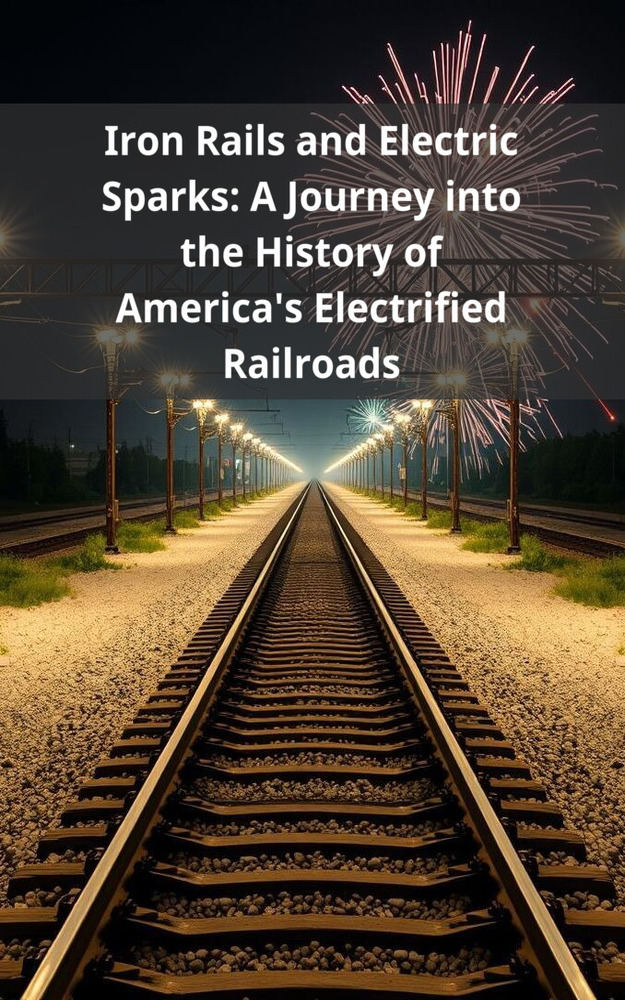Description
From the early experiments of the late 19th century to the widespread adoption of electric locomotives in the early 20th century, the electrification of railroads revolutionized the way that goods and people were transported across the country. The Milwaukee Road played a major role in this transformation, becoming the first railroad in the world to operate a complete electrified division in 1915. By the 1920s, the railroad had electrified over 650 miles of track, making it the most extensive electric railroad system in the United States.
The Milwaukee Road’s electric locomotives were powerful and efficient, and they helped the railroad to achieve new levels of speed and reliability. The electrification of the railroad also had a profound impact on the communities it served. Electric locomotives were cleaner and quieter than steam locomotives, and they produced less smoke and pollution. This made them ideal for use in densely populated areas and helped to improve the quality of life for residents along the railroad’s lines.
However, the electrification of the Milwaukee Road was also a costly and complex undertaking. The initial investment in infrastructure and equipment was high, and the railroad had to overcome a number of technical challenges in order to make the system work. In addition, the rise of diesel locomotives in the 1930s and 1940s posed a serious threat to the future of electric railroads. Diesel locomotives were more flexible and less expensive to operate than electric locomotives, and they quickly became the dominant form of motive power on American railroads.
Despite the challenges, the Milwaukee Road continued to operate its electric locomotives until the 1970s. By that time, the railroad had become increasingly unprofitable, and the cost of maintaining the electric infrastructure had become too high. In 1974, the Milwaukee Road abandoned its last electrified line, and the era of electric railroading in the United States came to an end.
Iron Rails and Electric Sparks: A Journey into the History of America’s Electrified Railroads tells the story of the Milwaukee Road’s electric railroad empire, from its early beginnings to its eventual decline. The book is illustrated with numerous photographs and maps, and it includes detailed appendices on the railroad’s electric locomotives and electrified lines. Iron Rails and Electric Sparks: A Journey into the History of America’s Electrified Railroads is a must-read for anyone interested in the history of railroading in the United States.
If you like this book, write a review!
Language : English
Dimensions : 6 x 9 inches
Pages : 187 pages
Pasquale De Marco stands as a prolific author whose literary prowess knows no bounds. With a passion for storytelling that transcends genres, he has made a name for himself as a versatile writer with the extraordinary ability to captivate readers across diverse literary landscapes. His journey as an author is marked by an insatiable curiosity, a love for the written word, and a relentless commitment to sharing knowledge and experiences with the world.
Pasquale De Marco collaborates with a dedicated team of ghostreaders who assist him in evaluating and editing the manuscripts. His collaborators are not only skilled professionals but also avid readers who purchase and read books as a personal hobby. This unique blend of creativity allows Pasquale to push the boundaries of traditional publishing, making literature more accessible and diverse.






Reviews
There are no reviews yet